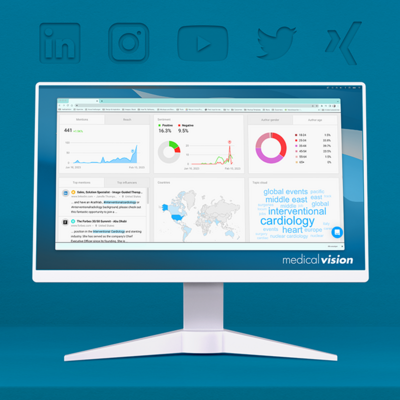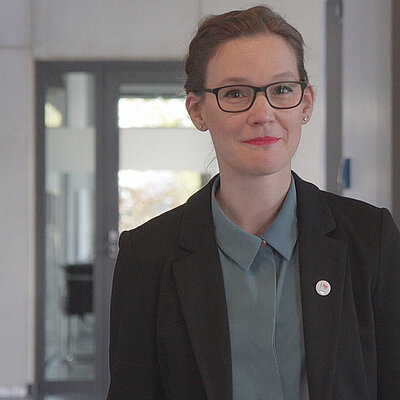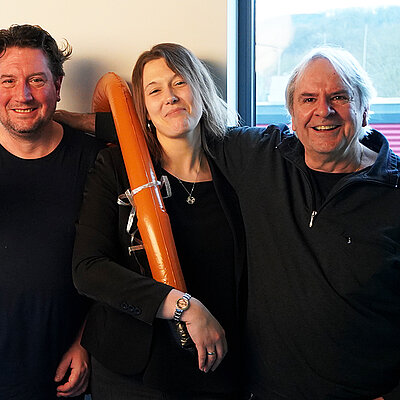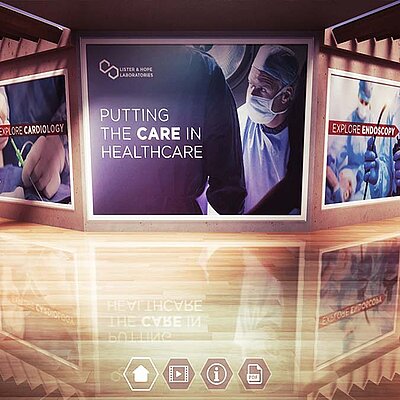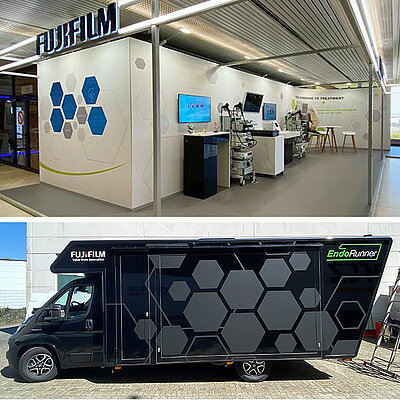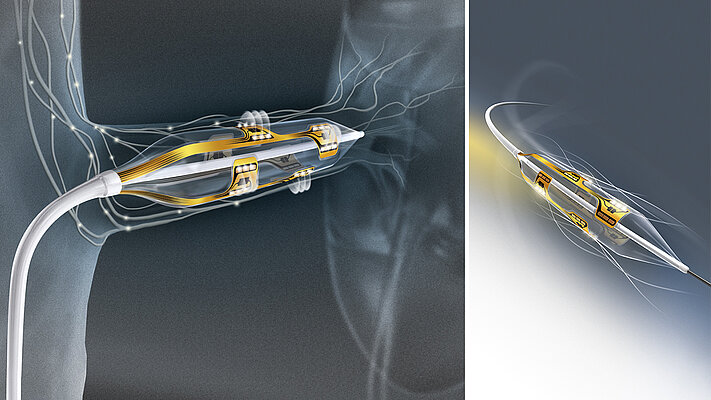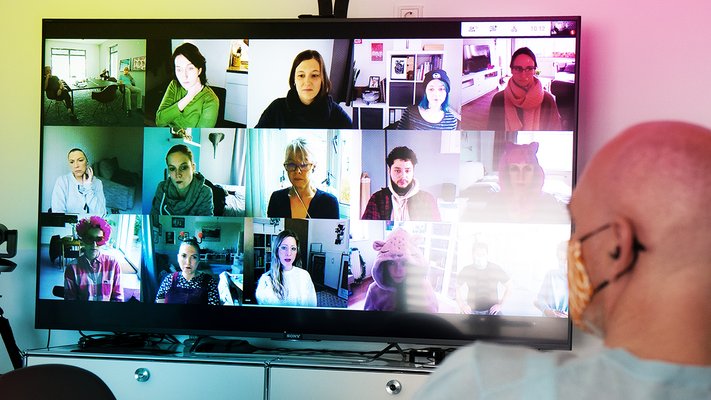What makes a good briefing? Here are a few key points to keep in mind:
🎯 Clarity: Make sure objectives and expectations are clearly defined to ensure effective understanding. This helps to avoid any confusion or misinterpretation, allowing everyone involved to be on the same page and work towards a common goal.
🧩 Context: Provide relevant background information such as the purpose of the project and any previous related work. For example, if you were briefing a new logo project, you might provide context by explaining your company's mission, the target demographic for your product, and what you want the logo to communicate.
👥 Audience: Specify who your audience is. The more detailed, the better!
💡 Key Messages: What are the main points you want to communicate?
⏰ Timeline: When do you need the project completed? It’s best to set a deadline a few days ahead of the day you need it to allow for unexpected issues or delays.
🗂️ Assets: Communicate with the project manager if you will provide assets or if they should be sourced/created by the agency. This may have an impact on the budget and time needed.
A good briefing ensures you keep your project within budget, facilitating the smooth and efficient execution of tasks. It forms a solid foundation that enables effective progress and makes it much more likely that everything will be completed on time to your satisfaction.
At medicalvision, we communicate regularly with our customers during each project. We understand that clear dialogue is vital to ensure we fully realise the client's vision and expectations. We adopt a collaborative approach, encouraging check-ins and updates to align progress and objectives. We aim to make each project not only meet but surpass expectations, by ensuring each aspect is addressed with a focus on quality.














